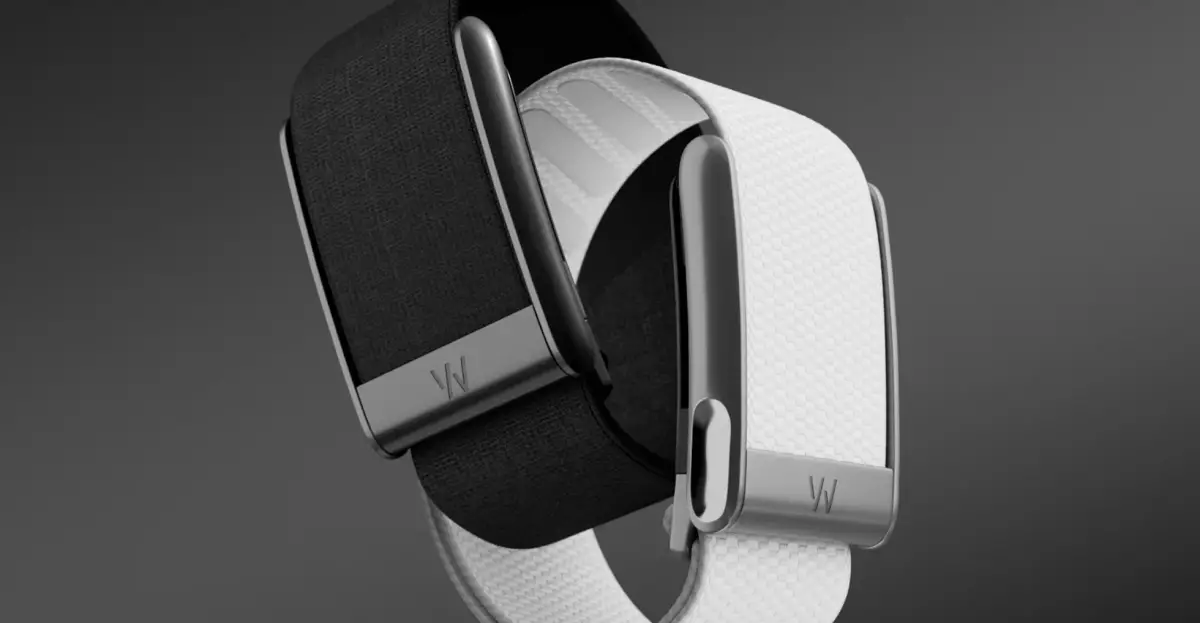In the realm of fitness technology, companies are continually pushing boundaries to offer advanced wearable devices that can monitor health metrics like never before. Whoop, a brand that has positioned itself as a leader in this field, recently launched its Whoop MG (Medical Grade) fitness tracker, which promises EKG capabilities and blood pressure monitoring. These features are part of an enticing package that comes with a hefty annual subscription of $359. However, it seems that this ambitious promise is overshadowed by frustrating user experiences and an ongoing narrative of malfunctioning devices.
Device Failures: A New User’s Nightmare
Shortly after their release, reports began to flood in from users experiencing significant issues with the Whoop MG. Shocking tales of trackers becoming unresponsive have surfaced, with some devices failing within mere hours of their first use. This problem raises critical questions about the quality control measures in place before the product launch. By May 11, a disheartened user posted on the Whoop community forum about a tracker that had “stopped working overnight.” Responses poured in, revealing that several other users shared similar experiences of having their devices become inert shortly after setup. One individual admitted their device failed after just half an hour of use. Such rapid failures lead to a loss of confidence in a product that brands itself as “Medical Grade.”
A Troubleshooting Farce?
When users faced these disappointing malfunctions, they turned to Whoop for guidance. The company provided standard troubleshooting tips—ensuring the device was charged and attempting resets. However, the widespread reports suggest that these methods were more than underwhelming; most users claimed they did not work. This disconnect between the company’s recommendations and user experiences further highlights a concerning trend. Instead of finding solutions, many were left with a faulty tracker that was bought at a premium price.
Replacement Strategy: A Double-Edged Sword
In response to the mounting complaints, Whoop seems to have adopted a somewhat reactive approach by replacing devices preemptively. While this might appear to be a user-friendly intervention on the surface, the decision has its own complications. Some users report receiving replacement trackers even when their original MGs were functioning properly, which raises the question of whether this is an overreaction from the company or an admission of fault. The practice of proactive replacements feels like a forced attempt at damage control rather than a genuine effort to improve user experience. Many consumers expressed confusion over receiving a new device without having raised an issue in the first place.
Consumer Trust in Jeopardy
The entire scenario is made more troubling by earlier issues surrounding the launch of the Whoop 5.0 model. Certain users were dismayed to learn that they needed to extend their subscriptions by an additional year in order to dodge upgraded fees. This abrupt policy change caused a wave of outrage within the community, making users feel like they were being penalized for their loyalty. Whoop later responded to the backlash and walkers back their policy, but this incident frayed the already delicate fabric of consumer trust.
The Bigger Picture
In essence, the Whoop MG saga isn’t solely a tale of a malfunctioning fitness tracker; it highlights larger issues related to product launches and corporate policy that can affect consumer sentiment. In a market teeming with competitors, the experience of early adopters has the potential to shape or shatter the long-term reputation of upcoming products. The lofty promises that Whoop makes with its Medical Grade designation can quickly become overshadowed by operational setbacks.
The critical response to both product failures and policy missteps indicates a pressing need for Whoop to reassess its strategies. Stakeholders must recognize that quality assurance goes hand-in-hand with product innovation. If the brand fails to address and rectify its current failures, it risks losing the trust of its dedicated user base, which could have lasting implications for its future endeavors in the wearables market.

